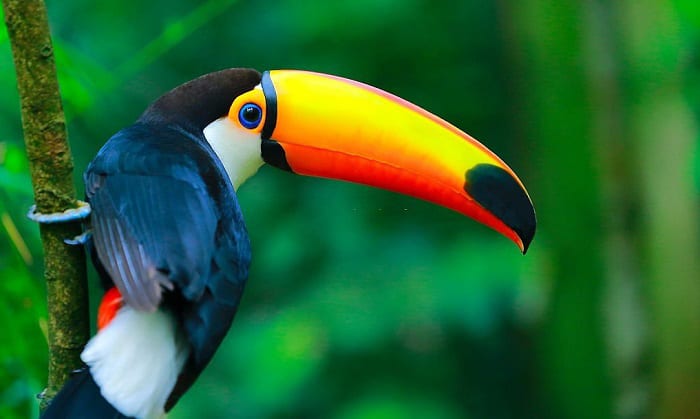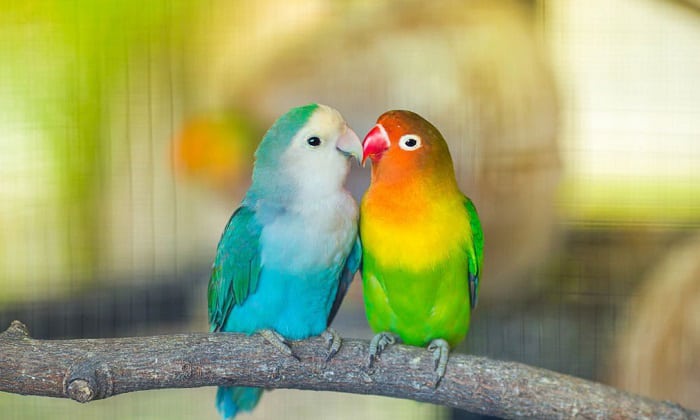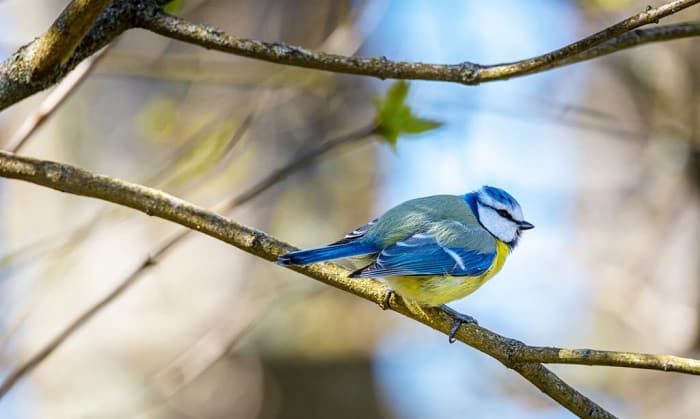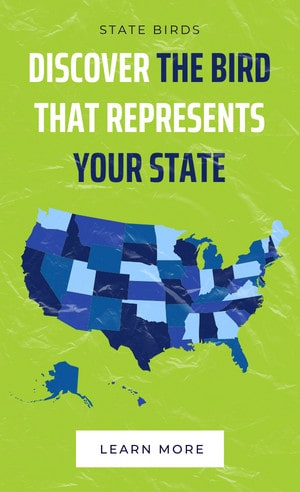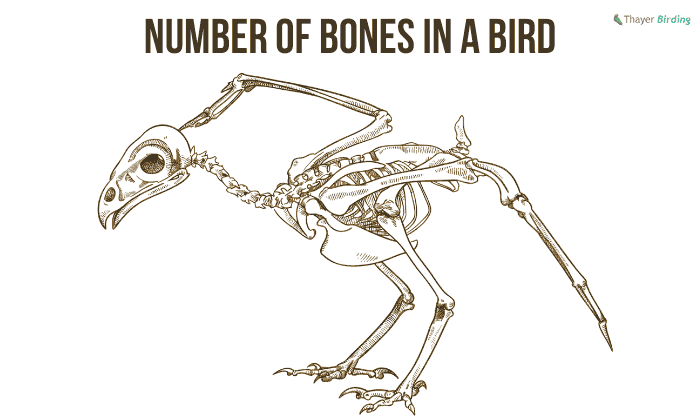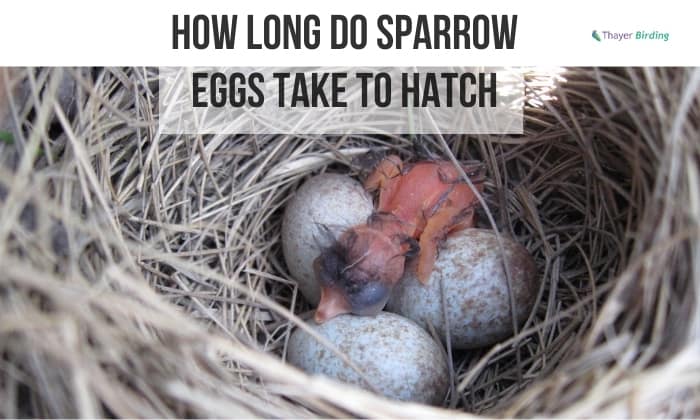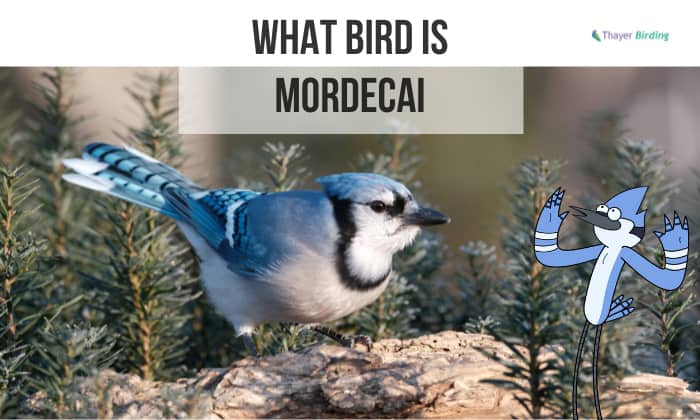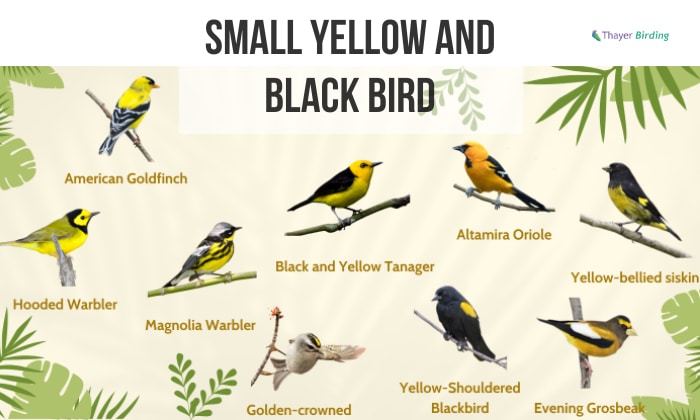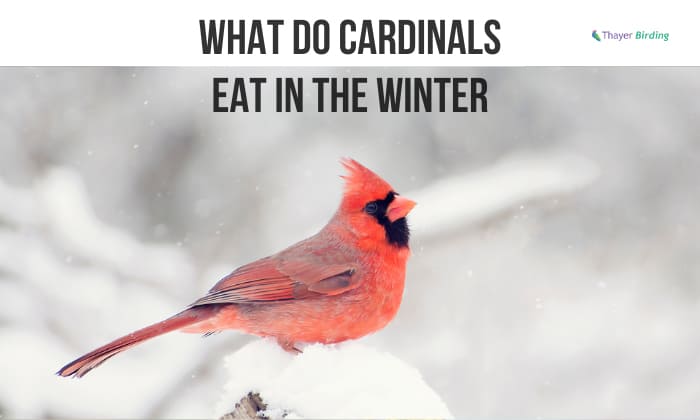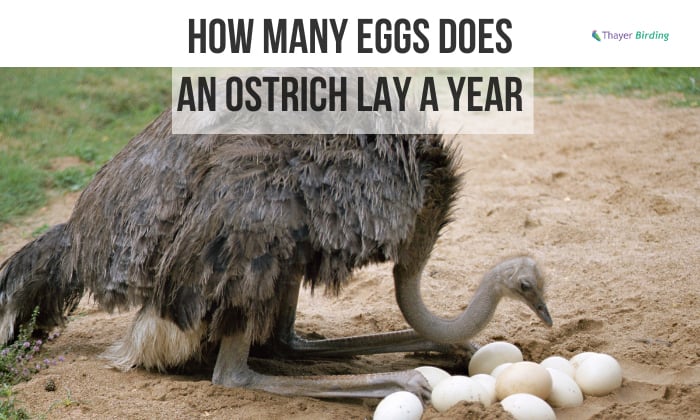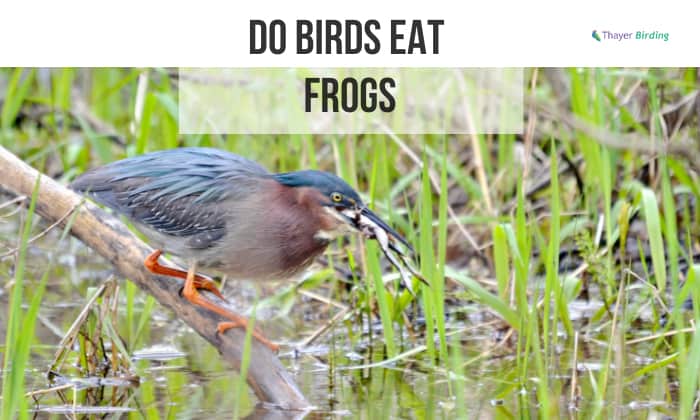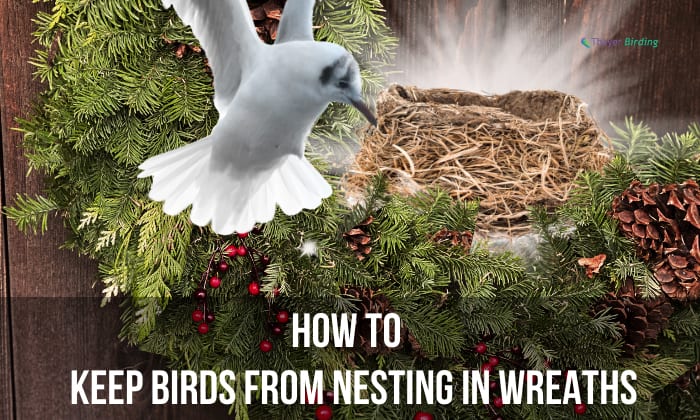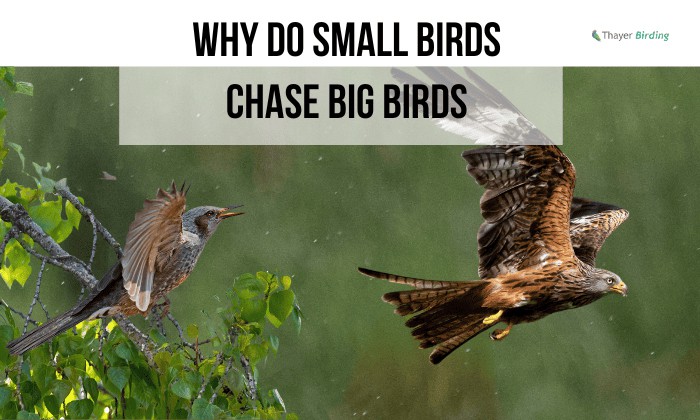Can birds see color? Of course they can. Birds actually see the world in more colors than people. As a bird enthusiast, learning about bird vision adds to your knowledge and understanding.
You might be surprised by the colorful worldview of birds. Read below for more information on this topic.
Table of Contents
9 Interesting Facts About What Colors Birds Can See
How do birds see color? It’s all thanks to the rich amount of carotenoid pigments in their eye cones.
The pigments pave the way for a special vision filtering system. With their superior eyesight, they are able to find food better, select mates, and basically survive.
They also see more color combinations such as rainbows and orange. Thanks to this powerful capability, birds are able to better perceive the world.
Let’s check out a couple of fascinating facts about a bird’s vision.
Fact #1: Vision sharpness
What colors can birds see? Same as humans, but with a major boost. The avian species are gifted with an eyesight that can perceive ultraviolet light. Aside from a wider range of color perception, birds have superior sharpness in their vision.
It’s interesting to note that birds have the ability to identify even the tiniest variation between seemingly identical hues. Their vision acuity makes them more perceptive than people. They can see colors that the human eye cannot see without technological tools.
Fact #2: Vision filtering
The spectral filters that birds have are not present in the human retina. And the vision of the avians has the capability to encompass a huge wavelength of color. This allows male birds to identify females by their appearance.
Fact #3: Perception of Purple
Purple is a color that is not found in the normal color spectrum. Humans see this shade as it is, which is purple; this hue appears to us with the mixture of red and blue. But what people perceive as two shades, birds see in five different colors.
The birds color vision is different from humans. They see purple as:
- Purple
- Ultraviolet and green
- Ultraviolet and purple
- Ultraviolet and yellow
- Ultraviolet and red
Fact #4: Migration time
Thanks to the vision acuity of the avian species, they can easily tell when it is time to migrate. When the shades of vegetation shift, they can tell that the season is about to change. Many plants reflect UV light, so birds know when to seek warmer climates.
Once winter is almost over, they also know when to come home and leave their current haven.
Fact #5: Early discovery
For many decades, humans have thought the answer to “How many colors can birds see” is “As many as people can.” But in 1970, it was accidentally discovered that birds can see more shades than humans.
At first, the discovery did not attract too much attention from scientists. But as years passed, biologists realized understanding bird vision became essential to understanding their behavior.
Fact #6: Parasite eggs
There are times when parasite eggs find their way into the nests of other birds. But thanks to the ultraviolet hue that birds can see, the host parents can easily tell which eggs are theirs and which are not.
It’s noteworthy, however, that not all birds remove foreign eggs. Some allow the parasite eggs to incubate together with their own.
Fact #7: Male versus female
Monochromatic birds such as barn swallows, western meadowlarks, and blue tits have female and male members that appear the same, at least to the human eye.
Humans can see the difference between the male and female birds only when a spectrophotometer is used to imitate what bird vision look like, but for birds, they can naturally distinguish males from females thanks to their fourth cone.
The plumage of monochromatics have UV shades, and they differ in males and females. And because of the special ability to distinguish between sexes, monochromatic bird species have no trouble finding mates during the breeding season.
Fact #8: Food hunting
Many insects, plants, and fruits are poisonous to birds. Luckily, the avians have the superpower to spot UV light, which is present in everything related to trees, flowers, insects, and animals. Thanks to this, they get to live longer.
That birds see in color also allows them to spot food sources in the water and dense vegetation, and even hunt for prey.
Frequently Asked Questions
1. What is tetrachromacy?
Tetrachromacy is the state of having four eye cone cells. This capability is present in birds, insects, amphibians, fish, and a number of mammals. As tetrachromats, these creatures can see ultraviolet colors together with red, blue, and green.
2. If birds can see four colors, what about the other shades?
Birds can see UV, green, blue, and red. And they can also see every color that comes from the blend of the four shades.
Conclusion
So can birds see color? Yes. Birds are tetrachromats by nature, and just imagine how beautiful the world is from their eyes.
We hope you acquired new knowledge about bird vision from this post. Kindly share this to your friends. And please let us know what you think. We welcome all ideas, comments and suggestions.
Besides, discover other articles about bird behaviors:
- Reasons for birds that can’t see glass.
- Some colors attract birds.
- How do birds stay warm in the winter?

George and I became friends after a birdwatching trip with our new group. And we have been enjoying every adventure together. When he told me the idea of establishing a site that shares our experiences and fun, I immediately agreed. After trials and errors, here we have Thayerbirding.


